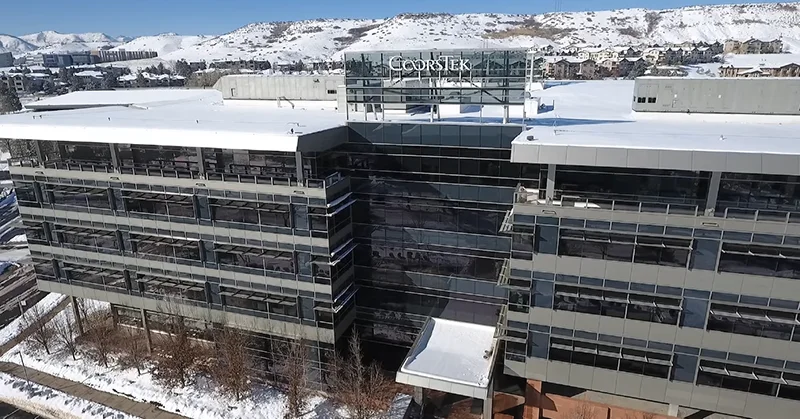Start small, think big
If going agile has crossed your mind, it’s important to view the agile methodology as a way of thinking rather than a set of rules and best practices to follow. At its core, going agile means creating a solution that moves the needle for the entire organization – and modifying it as users test it and provide valuable first-hand insights and suggestions on how to unlock the full potential of your MES.
Agile teams work in sprints (2-4 weeks), taking an incremental approach to project phases which are always pre-approved by the project’s core team – developers, QA, project managers, and key business personnel. In agile, any modifications, extending capabilities, or future changes can be developed, tested, and implemented almost immediately, unlike in waterfall, where they get progressively more expensive and usually have to wait until the development process is over or the solution is due for an upgrade.
There is, of course, a lot of work involved upfront, although not to the same extent as the traditional requirements gathering. It’s imperative that every member of the project’s core team is aware of the shared goals and vision, even if that vision is not 100% complete. The budget is also planned, except it’s a ballpark figure for the cost of the entire project with the openness to pivot during the development – unlike predicting the budget before any coding work starts, and thus, not having the flexibility to adapt to changes.
However, unless the collaboration and communication between all key stakeholders is frictionless, the techniques described above alone are not enough to deliver a successful agile MES solution. It is critical that the feedback is fed in real-time, communicated across all team members, and consulted before taking action to avoid frustration and teams working toward different goals.


